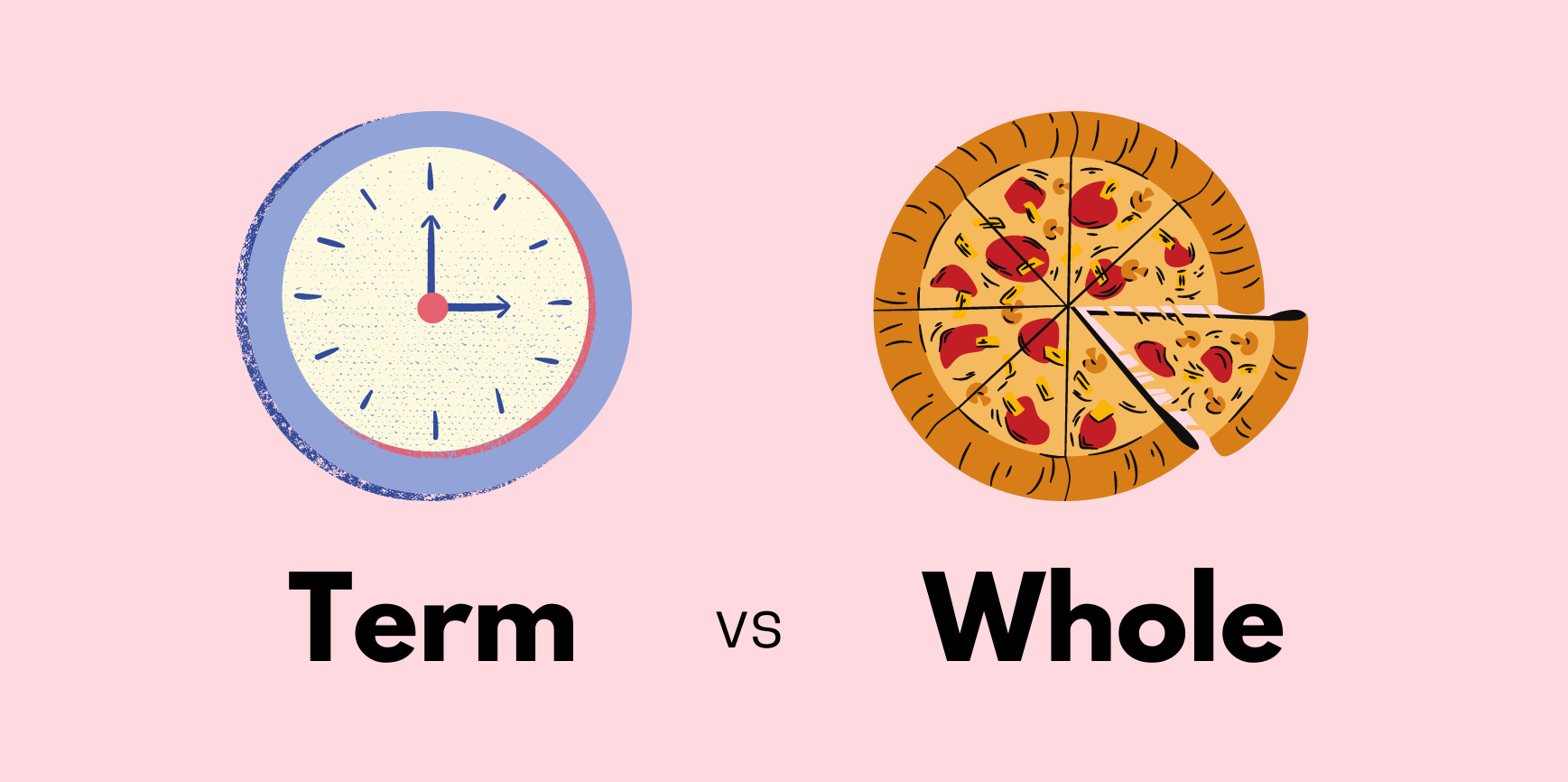From funeral costs and paying down debt to replacing income and educating children, the bills can add up quickly for a family dealing with the loss of a loved one. Yet, according to the financial industry research group LIMRA, 129 million Americans do not have life insurance. In fact, more than 40 percent of families would face financial hardship within six months should the primary wage earner die, and a quarter would struggle financially within a month. Additionally, only 25 percent of widows and widowers whose spouses died between the ages of 30 and 55 felt that there were adequate insurance benefits in place.
 Inadequate financial resources can lead to significant changes in lifestyle including the need for downsizing a home, taking a second job or the postponement of other goals such as retirement for the surviving spouse or educating children. Remember, if you have others who rely on you and your income to meet their needs, life insurance is a must and securing coverage is critical to maintaining the financial security for loved ones. The question then becomes, how much coverage is necessary and what type is most appropriate?
Inadequate financial resources can lead to significant changes in lifestyle including the need for downsizing a home, taking a second job or the postponement of other goals such as retirement for the surviving spouse or educating children. Remember, if you have others who rely on you and your income to meet their needs, life insurance is a must and securing coverage is critical to maintaining the financial security for loved ones. The question then becomes, how much coverage is necessary and what type is most appropriate?
Determining how much insurance is needed can be difficult. According to LIMRA, the majority of uninsured Americans say they haven’t purchased coverage simply because they don’t know what to buy or how much they need. While this is understandable, procrastination can be expensive when it comes to life insurance. Keep in mind, life insurance costs generally go up as we age so the early you address these needs the better. Additionally, a major health issue could impact your ability to be underwritten for insurance which highlights yet another reason to be proactive when it comes to insurance.
Start by asking yourself to what extent you would like your family to maintain their standard of living. Do you want them to remain in their home, pay off liabilities, have sufficient funds for education goals and also be able to retire one day?
 Consider conducting a needs analysis and begin with immediate expenses your family may have including funeral costs, uncovered medical costs, final estate settlement costs and taxes. Next, total up all outstanding liabilities including mortgages, auto loans, student loans and credit cards. While your family may choose not to pay off a low interest mortgage, determining the lump sum that may be needed to ensure your heirs are not saddled with debt is critical. Next, consider the costs associated with covering existing living expenses and future financial goals like retirement and education funding to determine how much income must be generated from insurance proceeds. Consider speaking to an advisor or completing a life insurance calculator at www.bankrate.com for assistance in this process. Once you determine the amount of insurance that is necessary, then you must determine what type of policy is most appropriate.
Consider conducting a needs analysis and begin with immediate expenses your family may have including funeral costs, uncovered medical costs, final estate settlement costs and taxes. Next, total up all outstanding liabilities including mortgages, auto loans, student loans and credit cards. While your family may choose not to pay off a low interest mortgage, determining the lump sum that may be needed to ensure your heirs are not saddled with debt is critical. Next, consider the costs associated with covering existing living expenses and future financial goals like retirement and education funding to determine how much income must be generated from insurance proceeds. Consider speaking to an advisor or completing a life insurance calculator at www.bankrate.com for assistance in this process. Once you determine the amount of insurance that is necessary, then you must determine what type of policy is most appropriate.
Often, the first place people may look for insurance is their employer. While many workers find they have group life benefits available, it is important to understand the limitations in the amount of coverage available. In addition, many Americans will change employers frequently, which could result in changes to the availability of group insurance. However, because group benefits often do not require underwriting, they may be a good fit for those with health issues or as supplemental insurance.
Term insurance is by far the simplest and most affordable type of insurance. Coverage is purchased for a specified amount and “term” of one to 30 years, depending on your needs. While the cost associated with term is initially low, maintaining coverage after your initial term expires can be expensive. Term is generally a good fit for those who have a temporary insurance need that will diminish as they age, such as providing for a young family, paying off a mortgage or having funds for retirement.
 For those looking for coverage that may last for their lifetime with the option to build cash value, policies like universal life or whole life may provide a possible solution. The permanent nature of these policies also makes them an effective tool for estate planning purposes to offset future tax liability if your estate will be subject to estate tax. However, they may be too expensive to rely on for your entire coverage needs.
For those looking for coverage that may last for their lifetime with the option to build cash value, policies like universal life or whole life may provide a possible solution. The permanent nature of these policies also makes them an effective tool for estate planning purposes to offset future tax liability if your estate will be subject to estate tax. However, they may be too expensive to rely on for your entire coverage needs.
Why so expensive? A portion of your premium payment is set aside in an attempt to build cash value as an investment. While this may seem attractive, the investment component may not perform as well as other alternatives. For this reason, financial professionals may suggest “buying term and investing the difference.” In other words, consider purchasing less expensive term insurance and invest the money you would have spent on permanent insurance to build your own investment portfolio for your needs after the term expires.
Finally, hybrid policies are an option for those that have other concerns in addition to life insurance and want the versatility of providing for long term care/assisted living needs while also having a death benefit available for beneficiaries. While hybrid policies can be an effective tool for those primarily concerned with long term care, they are generally not the most appropriate for those focused on maximizing a life insurance benefit. Additionally, these policies generally have multiple features and benefits and require a careful analysis to fully understand the mechanics of how they work.
Dealing with the loss of a loved one is difficult enough without having to worry about financial matters. Determining the optimal type and amount of insurance for eliminating this worry can be complex. Consider visiting www.lifehappens.org for a complete list of insurance alternatives and the pros and cons of each. Since everyone’s situation is unique, consider speaking to your tax and financial adviser to determine the best fit for you.
Kurt J. Rossi, MBA, CFP, AIF is a CERTIFIED FINANCIAL PLANNER & Wealth Advisor. He can be reached for questions at 732-280-7550, kurt.rossi@Independentwm.com, www.Independentwm.com and www.bringyourfinancestolife.com. LPL Financial Member FINRA/SIPC.










